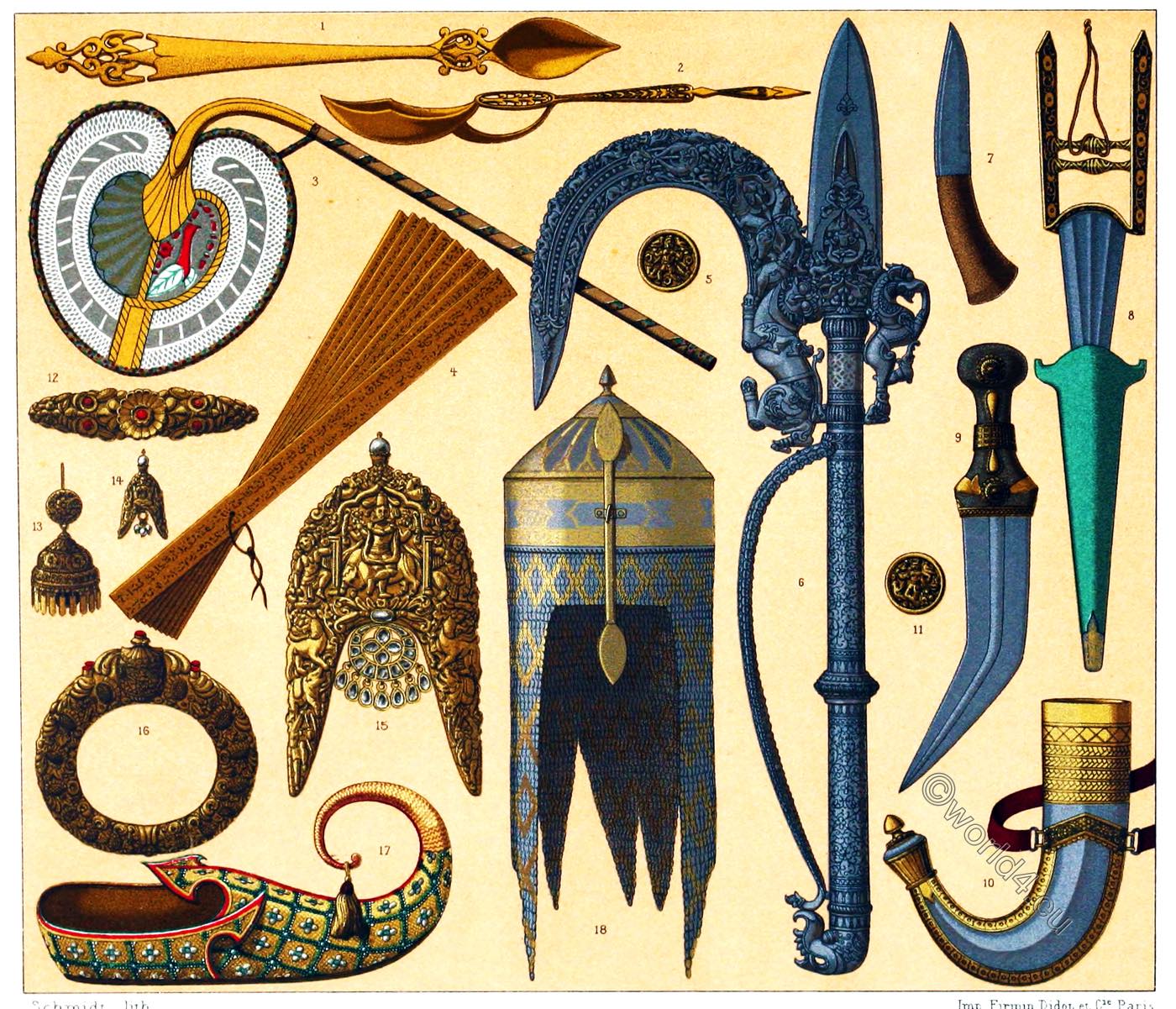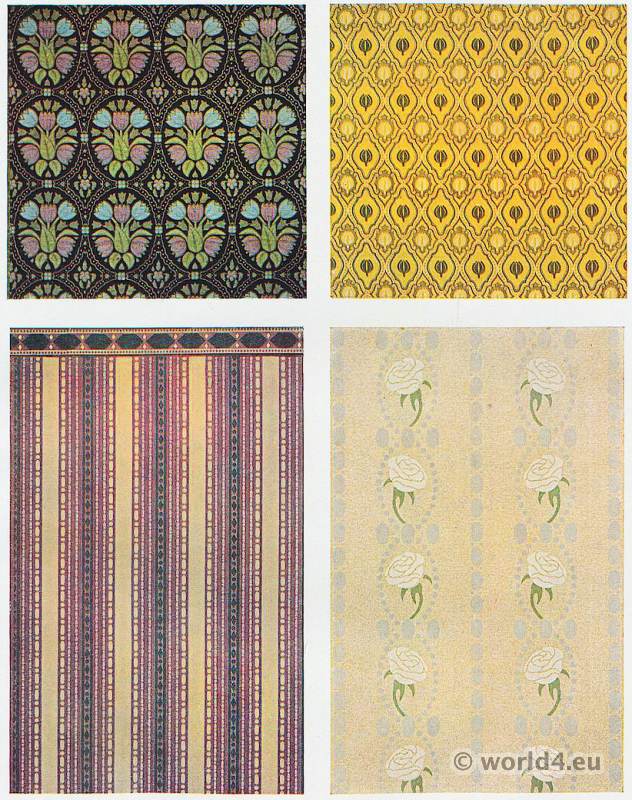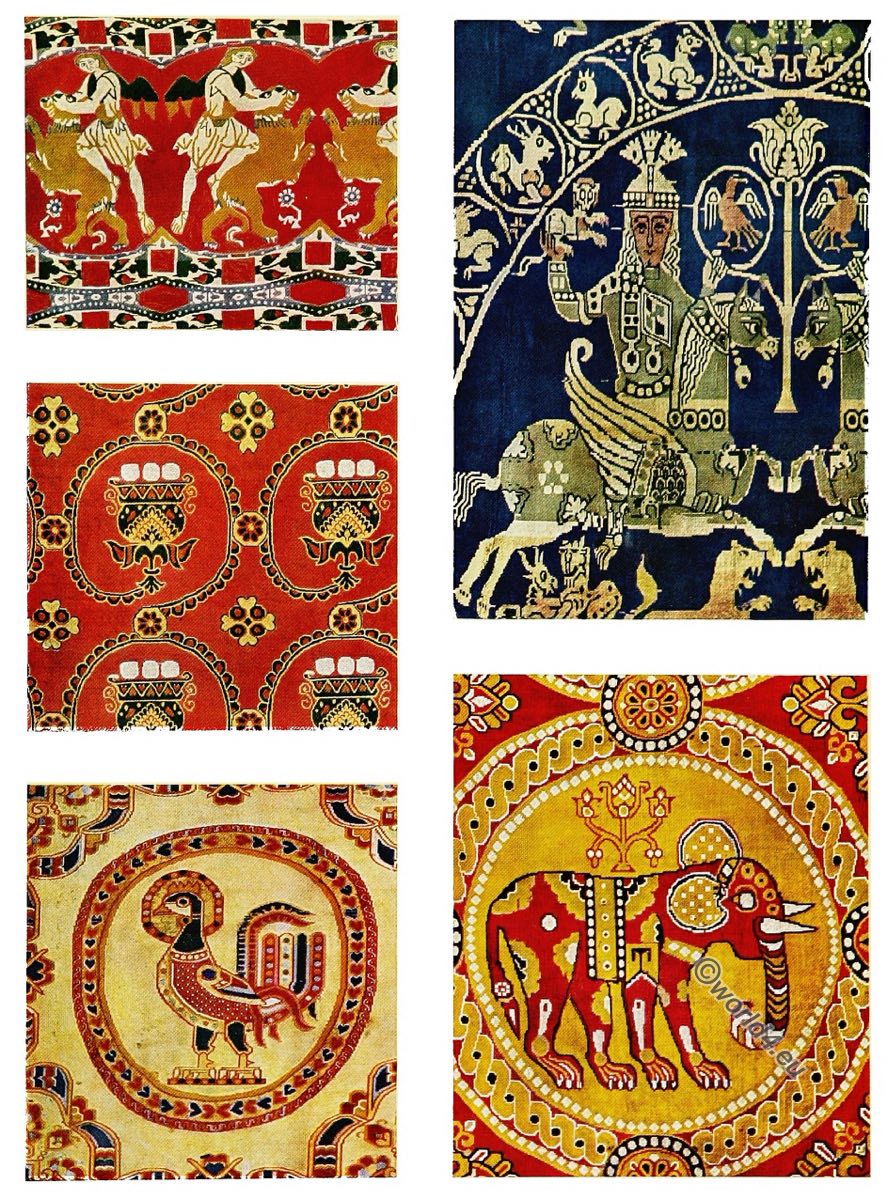 Indonesian Culture. Fabrics and Weapons of the Malays.
Indonesian Culture. Fabrics and Weapons of the Malays.
The Malay (Orang Melayu) are an ethnic group in Southeast Asia. They belong to the Austronesian ethnic groups and speak the Malay language, whose modern expressions are Malay and Indonesian. Today about 22 million people are counted among the Malay people, who mainly live on the Malay Peninsula, in the east of Sumatra and on the coasts of Borneo. The majority of the population are Malays in Malaysia (50.4%), in the Sultanate of Brunei (66%), in the three southernmost provinces of Thailand (66-80%) and in the Indonesian province of Bangka-Belitung (72%). The vast majority of Malays (> 99.9 %) are Sunni Muslims.
Malaysia was formed in 1963 from four former parts of the British Empire: the Malaya Federation, the North Borneo Crown Colonies, the Singapore Crown Colony (until 1965) and the Sarawak Colony.
Indonesia is a republic and the world’s largest island state. With about 255 million inhabitants, it is the fourth most populous country in the world. Indonesia is the country with the largest number of Muslims in the world.
The country is spread over 17,508 islands. Indonesia borders Malaysia on the island of Borneo, Papua New Guinea on the island of New Guinea and East Timor on the island of Timor. Indonesia belongs to the Asian continent for the most part, but its part on the island of New Guinea belongs to the Australian continent. The declaration of independence took place on 17 August 1945, on 27 December 1949 it was recognized by the Netherlands after a secession war. The capital Jakarta has 9.6 million inhabitants and is located on the island of Java. More than half of Indonesia’s inhabitants live on Java.
Image Source: With the world’s people: an account of the ethnic origin, primitive estate, early migrations, social evolution, and present conditions and promise of the principal families of men: together with a preliminary inquiry on the time, place and manner of the beginning, by John Clark Ridpath, 1912.
Discover more from World4 Costume Culture History
Subscribe to get the latest posts sent to your email.









